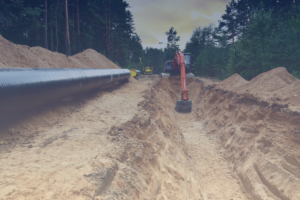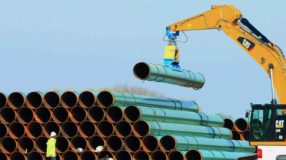
WASHINGTON, District of Columbia, United States — Amy Andryszak, President & CEO of the Interstate Natural Gas Association of America (INGAA), released the following statement regarding the Promoting Innovation in Pipeline Efficiency and Safety (PIPES) Act of 2023.
“INGAA applauds Chairman Graves, Chairman Nehls, Ranking Member Larsen, and Ranking Member Payne for their leadership in advancing the PIPES Act of 2023 out of committee in a bipartisan, consensus-driven manner.
“INGAA is most encouraged by language in the proposed text that requires the Pipeline and Hazardous Materials Safety Administration (PHMSA) to issue a final class location rule three months after enactment. The Class Location rule, which has been a top priority for the organization for more than 20 years, will allow our members to use modern, more environmentally-friendly inspection technologies to ensure the safety of pipelines where populations have moved nearby.
“Our membership also appreciates the committee’s inclusion of a provision that would require the Gas Pipeline Advisory Committee (GPAC) to meet at least twice per year. The GPAC is an excellent forum to help garner consensus and advise PHMSA on complicated technical regulations that are critical to advancing the safety of our nation’s energy infrastructure. INGAA is also grateful for the inclusion of a provision that would require the agency to institute a process to address regulatory errors with reconfirming Maximum Allowable Operating Pressure (MAOP) for legacy pipelines.
“INGAA is encouraged by the process undertaken by the House Transportation and Infrastructure Committee, and strongly encourages the Senate to use this bipartisan framework to swiftly advance the PIPES Act so that it can be enacted into law next year. Safety is paramount in everything that we do as an industry, and we look forward to seeing this legislation advance in the coming months.”
###
INGAA represents the U.S. natural gas pipeline industry. INGAA’s members deliver clean, abundant, affordable natural gas throughout North America and operate approximately 200,000 miles of pipelines that serve as an indispensable link between natural gas producers and consumers.







